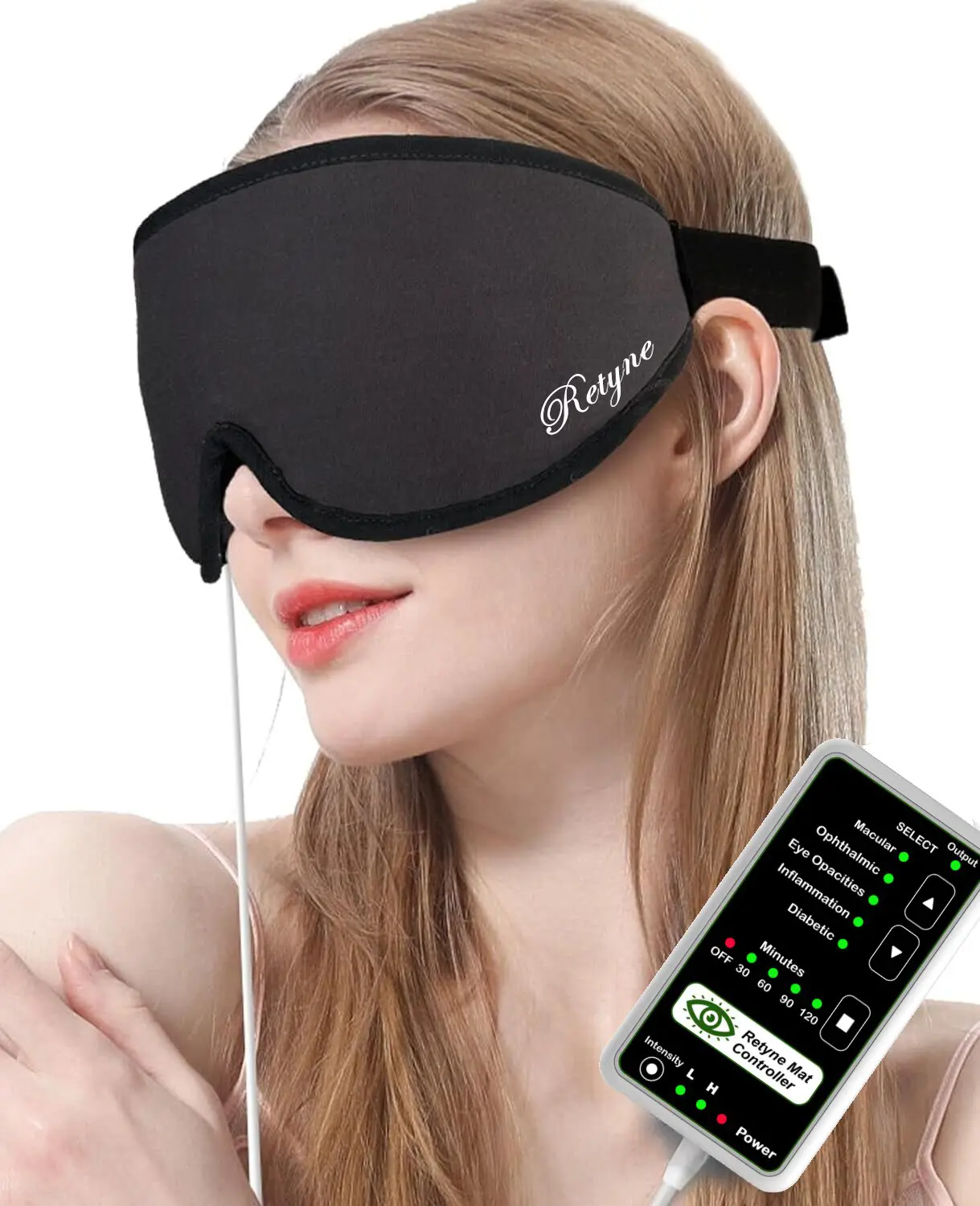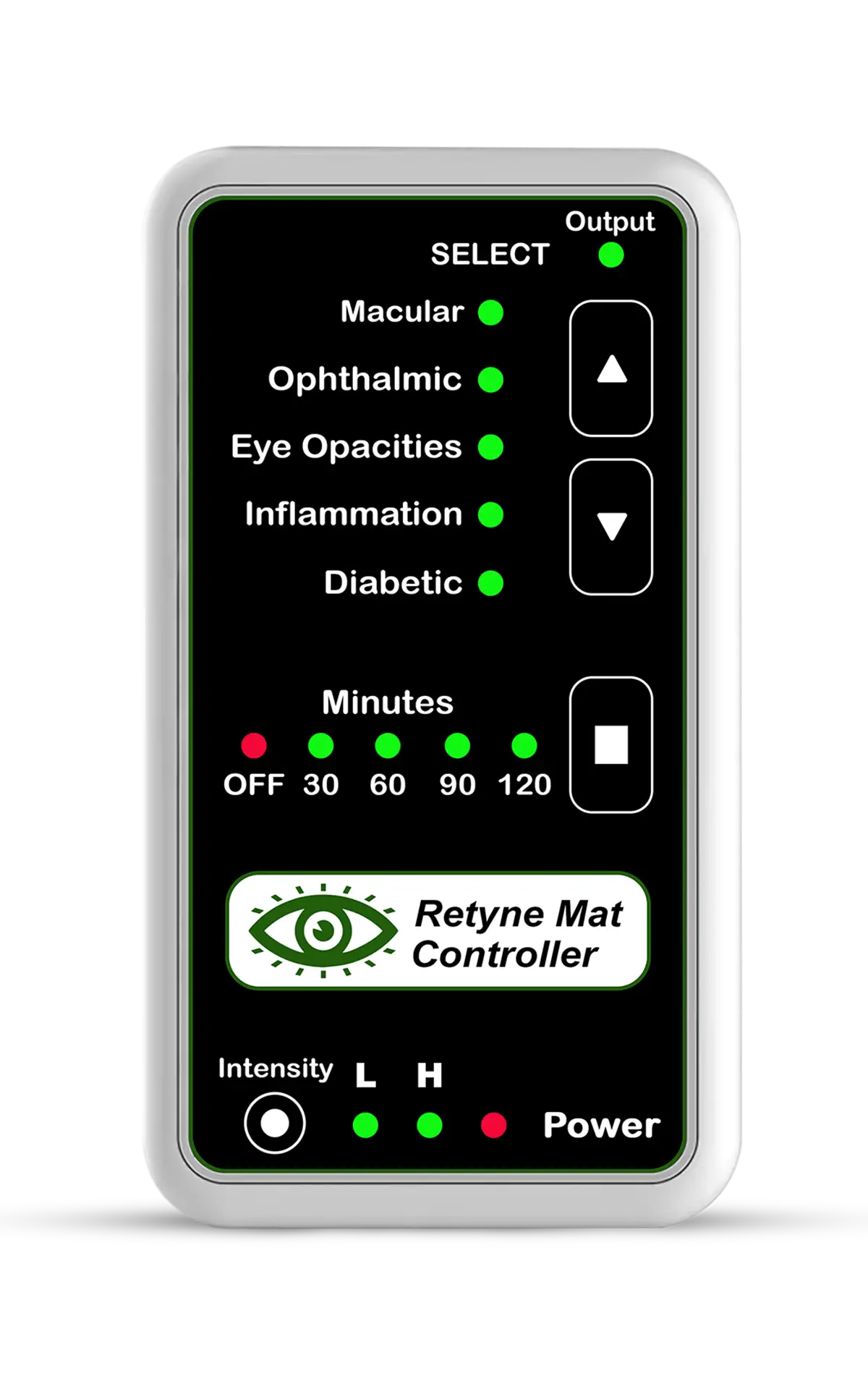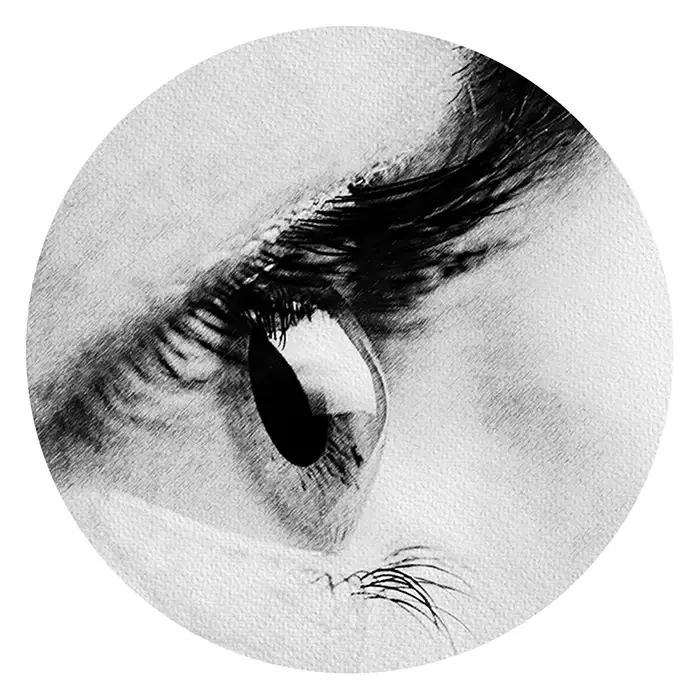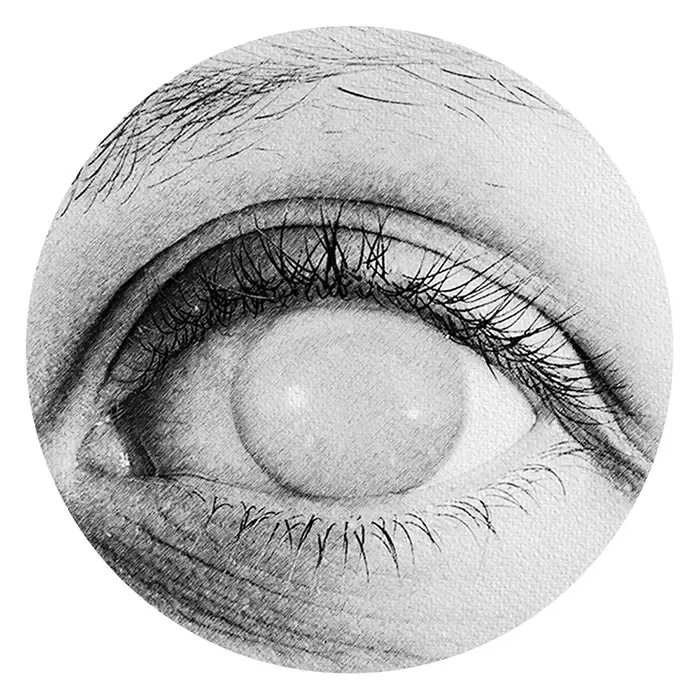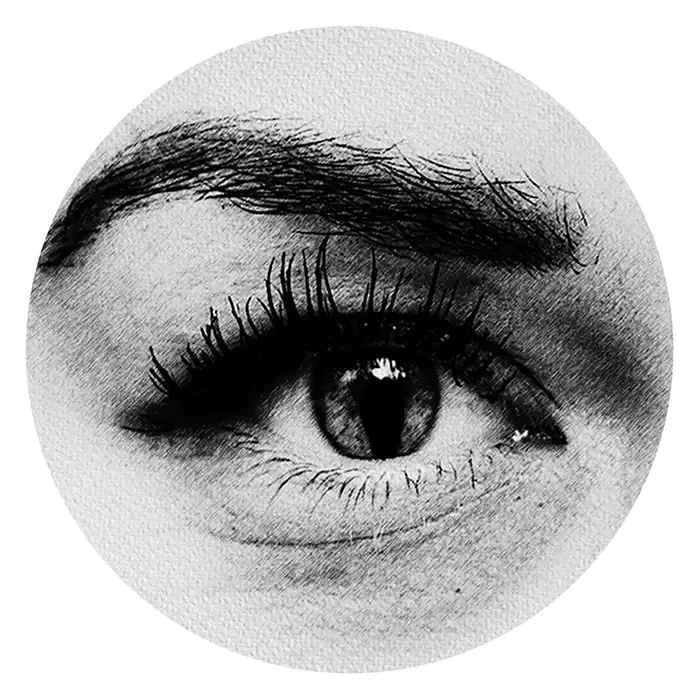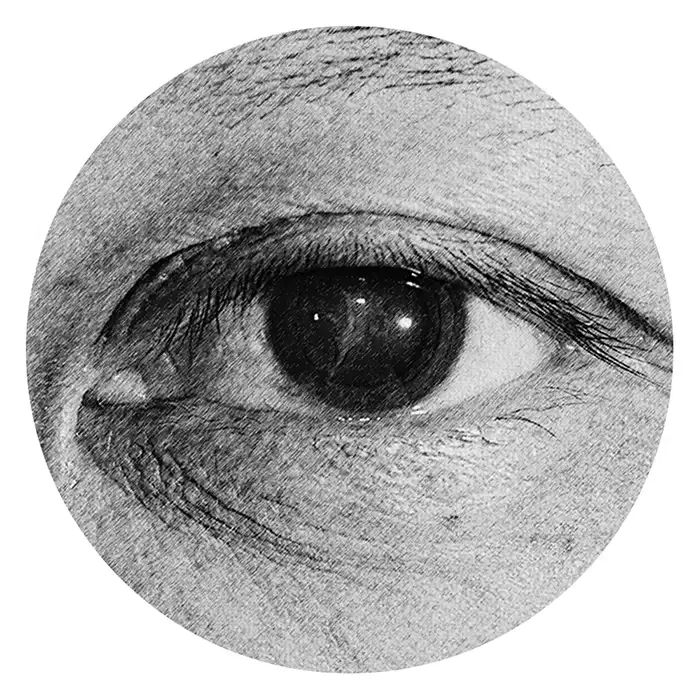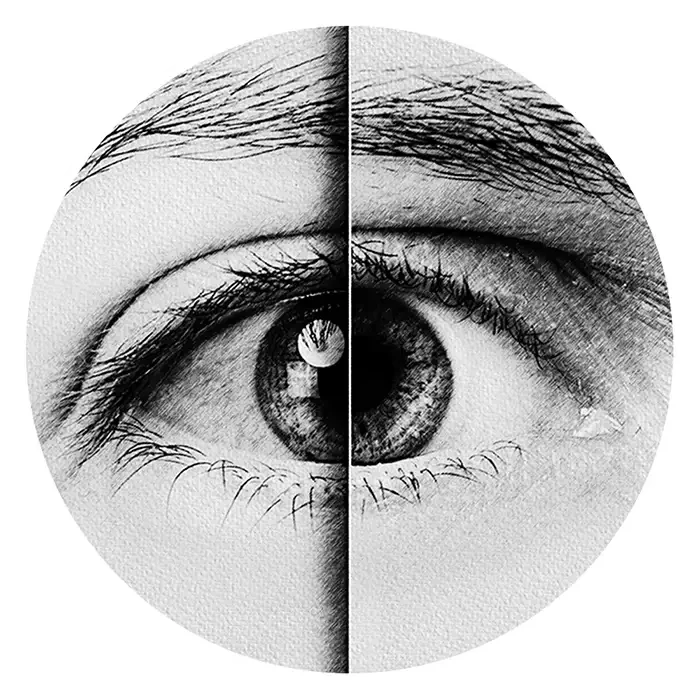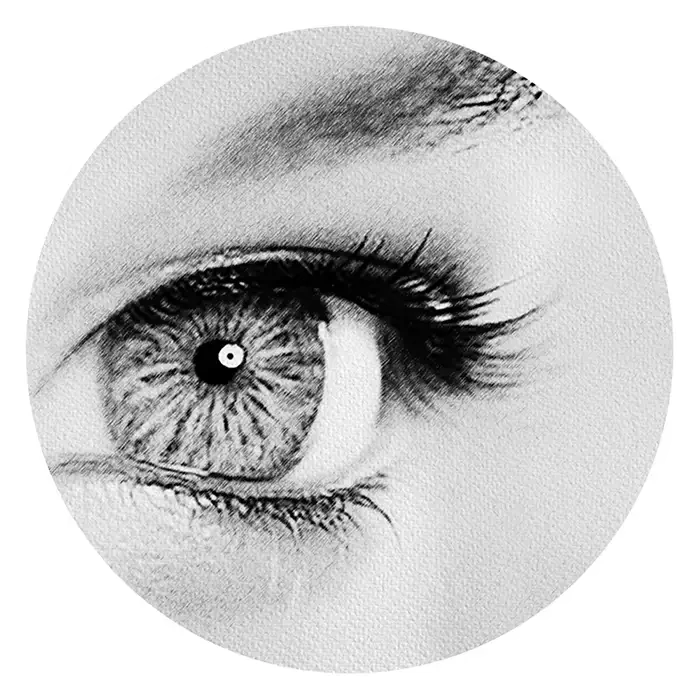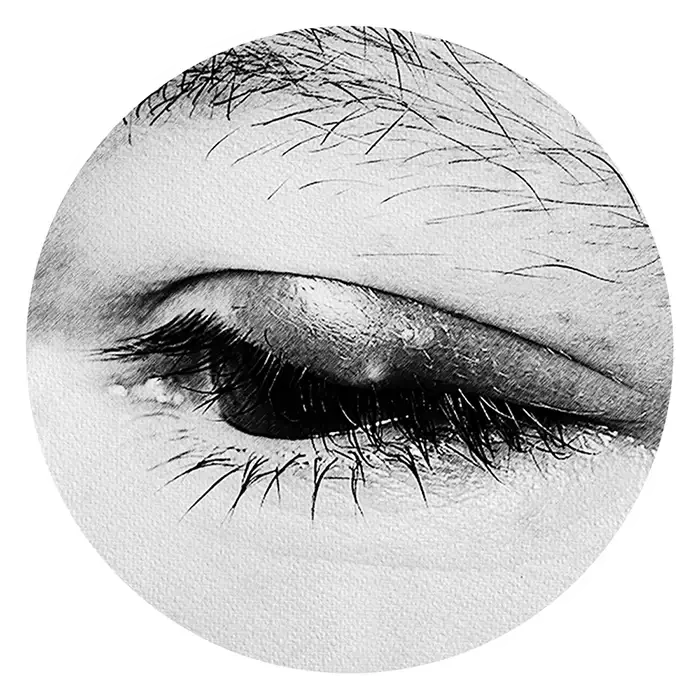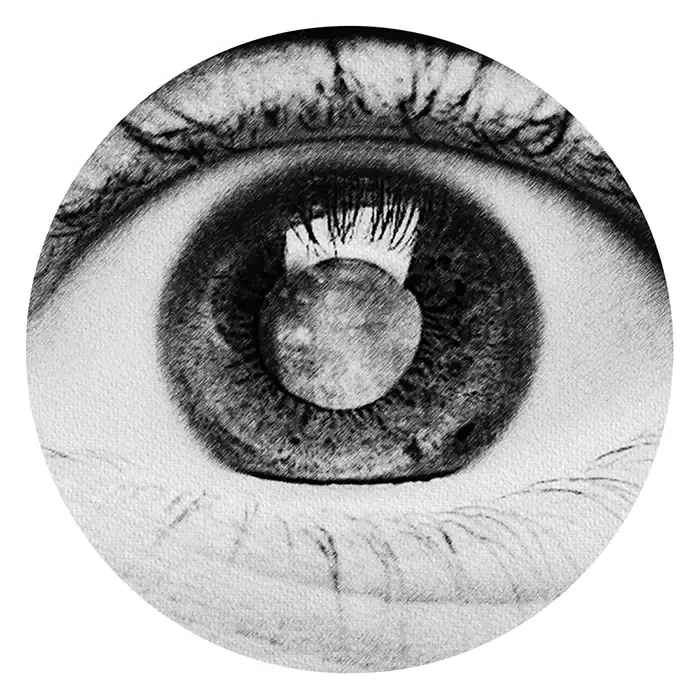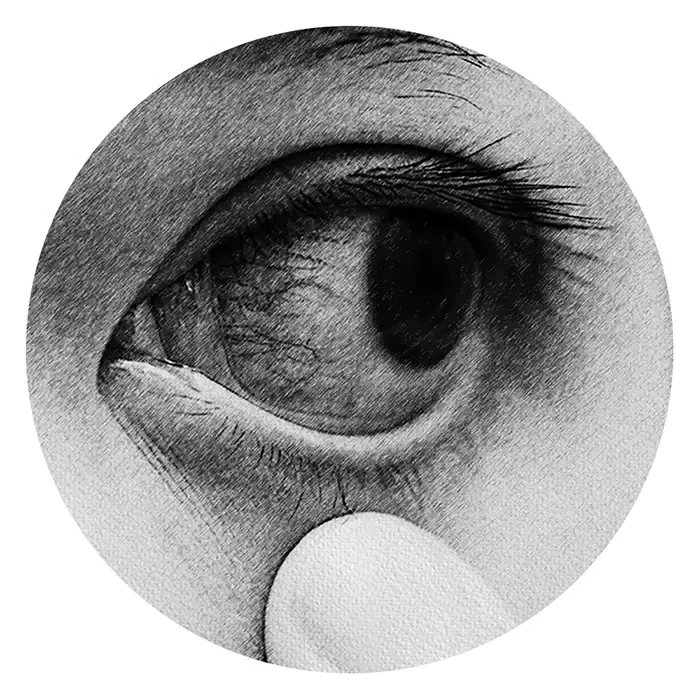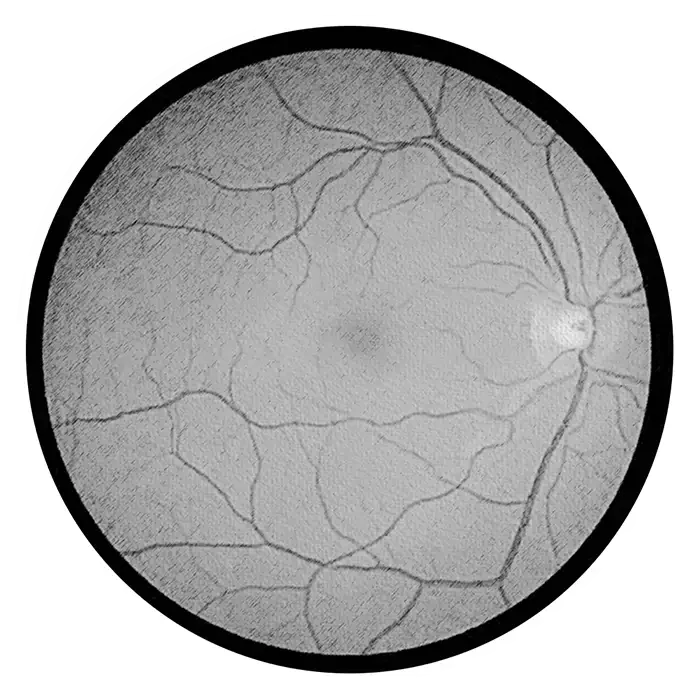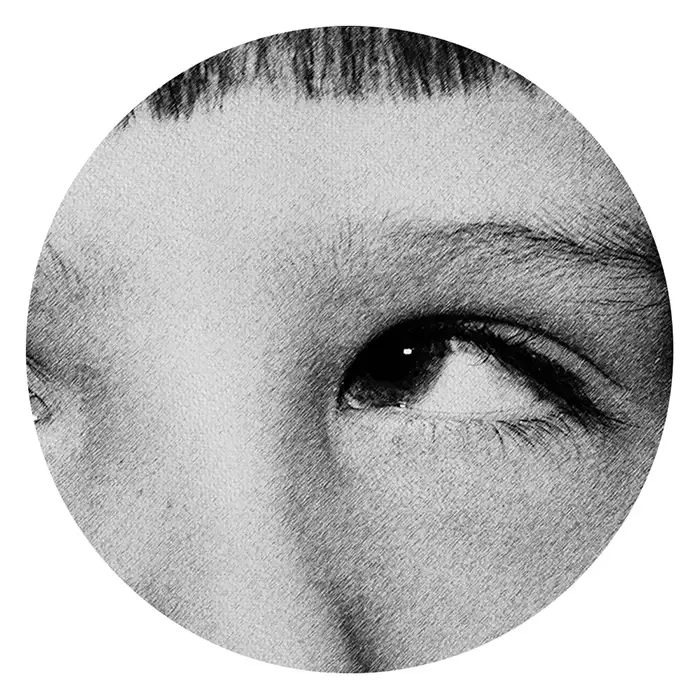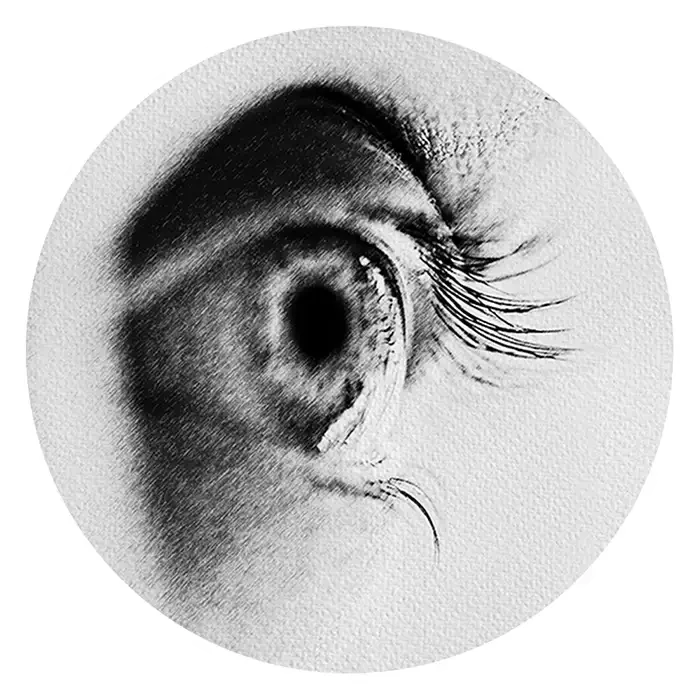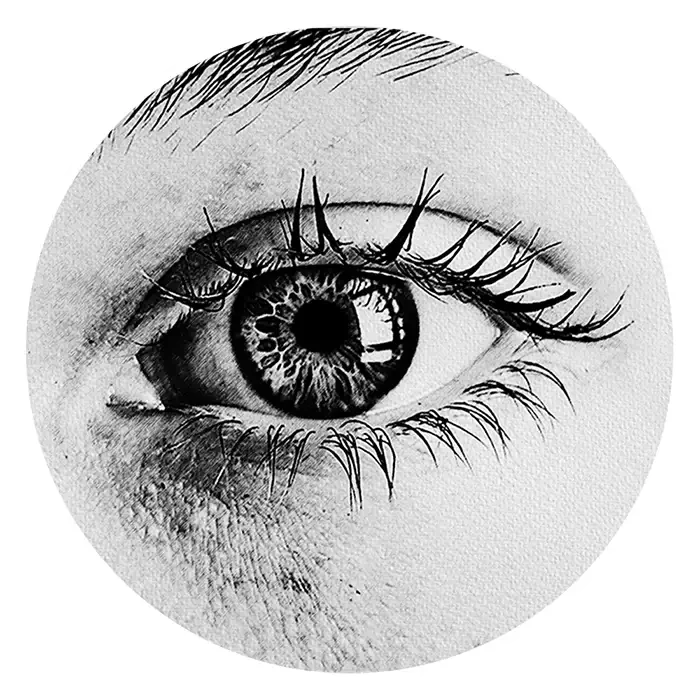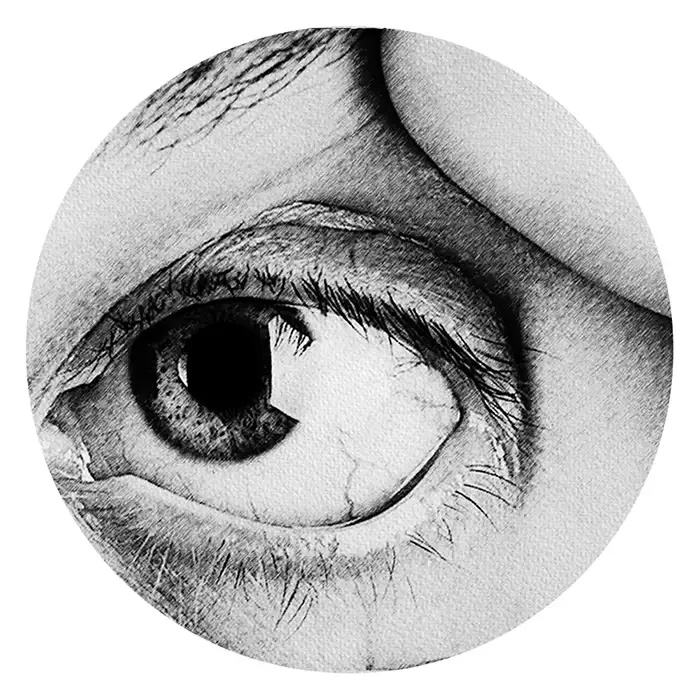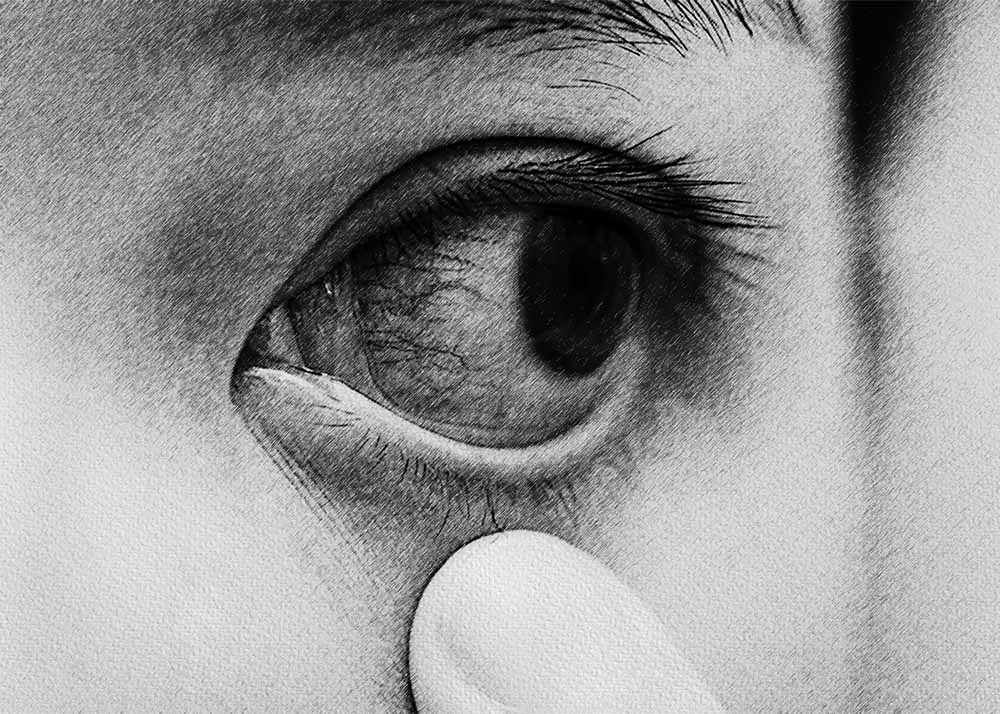
Herpetic Eye Disease: Types, Diagnosis, and Treatment
Herpetic eye disease encompasses a range of ocular infections caused by the herpes simplex virus (HSV) or the varicella-zoster virus (VZV). The two main types of herpetic eye disease are herpes simplex keratitis (HSK) and herpes zoster ophthalmicus (HZO). HSK typically presents with corneal involvement, manifesting as dendritic or geographic ulcers, while HZO affects the ophthalmic branch of the trigeminal nerve, leading to conjunctivitis, keratitis, and potentially sight-threatening complications like uveitis and retinitis.
Diagnosing herpetic eye disease involves a combination of clinical examination and laboratory tests. Ophthalmologists rely on characteristic symptoms such as eye pain, redness, photophobia, and blurred vision, along with slit-lamp examination findings such as corneal lesions or inflammation. Confirmation of the diagnosis often requires viral culture, polymerase chain reaction (PCR) testing, or serological assays to detect viral DNA or antibodies in ocular samples.
The Retyne Infrared Eye Treatment Mask offers a promising approach to managing the symptoms of herpetic eye disease, particularly in cases of keratitis and associated inflammation. Program #4 on the Retyne controller, utilizing invisible infrared light therapy, targets the affected corneal tissues, reducing inflammation, promoting healing, and alleviating discomfort. This non-invasive modality complements conventional antiviral therapy, offering patients an adjunctive treatment option to enhance outcomes and reduce the risk of recurrence.
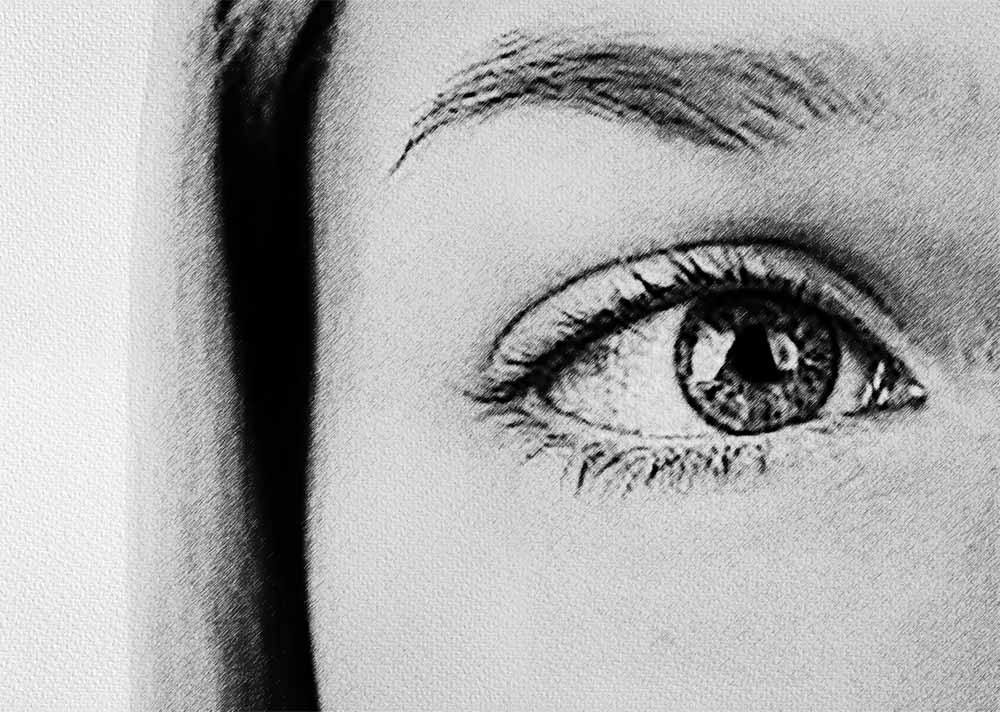
By incorporating the Retyne Infrared Eye Treatment Mask into the management of herpetic eye disease, clinicians can optimize patient care and improve visual outcomes. The targeted delivery of infrared therapy directly to the affected ocular tissues offers a non-invasive, well-tolerated approach to reducing inflammation and promoting tissue repair. As part of a comprehensive treatment regimen, the Retyne mask holds promise in mitigating the severity of herpetic eye disease symptoms and enhancing patient comfort and quality of life.
In summary, herpetic eye disease presents unique challenges due to its potential for recurrent episodes and sight-threatening complications. Timely diagnosis and appropriate management are crucial for minimizing ocular morbidity and preserving vision. The integration of advanced therapies like the Retyne Infrared Eye Treatment Mask represents a significant advancement in ocular care, offering targeted relief and fostering optimal healing for patients with herpetic eye disease.
The Retyne eye treatment mask employs a specific array of frequencies (0.06, 0.5, 0.87, 12.85, 27.5, 141, 301.23, 453.02, 783.4, 825.03 ) tailored to address symptoms associated with Herpetic Eye Disease. Each frequency is carefully selected based on its documented effectiveness in managing and alleviating this particular visual condition. Retyne's innovative approach involves the transformation of these frequencies into invisible infrared light output, heralding a pioneering fusion of frequencies with light—a revolutionary technology pioneered by Retyne Labs.
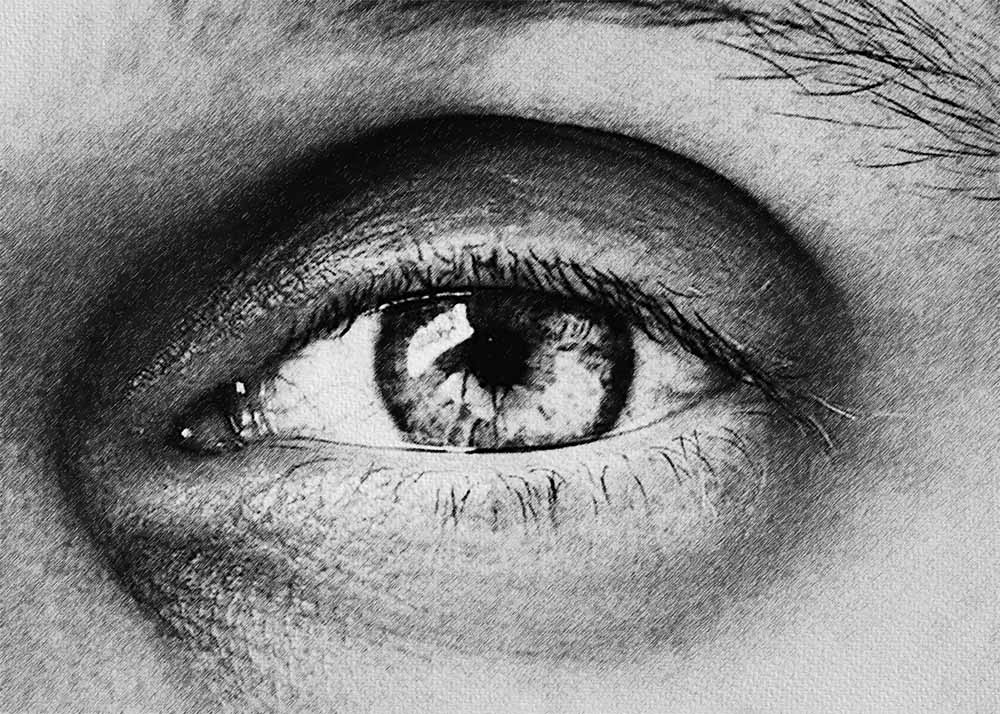
Drawing inspiration from the pioneering research of Dr. Rife, who unearthed the therapeutic potential of precise frequencies and harnessed light for their propagation, Retyne's methodology embraces contemporary insights into invisible infrared technology. By leveraging current advancements and building upon historical investigations into frequency-based light transmission, Retyne has developed the innovative Retyne Eye Treatment Mask. This cutting-edge device represents the synthesis of modern breakthroughs in visual healthcare, offering a comprehensive solution rooted in both tradition and progress.
Moreover, for those utilizing advanced hardware such as the RDPV4, a secondary set of specific frequencies for Herpetic Eye Disease: 0.12, 0.55, 0.95, 291.23, 292, 372.5, 416.6, 571, 865.83, 937.41 ) are available. The RDPV4 offers an expanded range of frequencies, finely calibrated to provide even greater precision in addressing Herpetic Eye Disease. By incorporating this secondary set of frequencies, the RDPV4 elevates the potential therapeutic benefits of the Retyne eye Treatment Mask, catering to individuals seeking advanced solutions for their visual health needs.
General Group: 1233: 0.06, 0.5, 0.87, 12.85, 27.5, 141, 301.23, 453.02, 783.4, 825.03
Specific Group 1598: Herpes Simplex 1, 0.04, 0.3, 0.62, 51.25, 117.25, 245.56, 367.5, 625.22, 816.72, 905
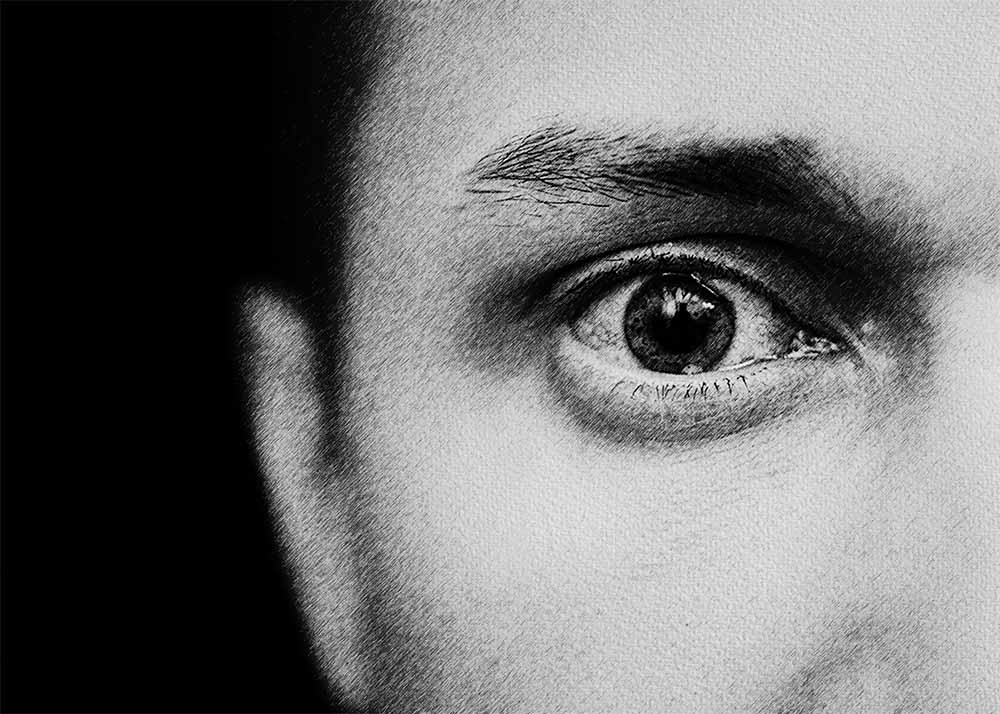
Compatibility
Standalone controller (Program #4) (Controller shipped with Retyne Eye Treatment Mask)
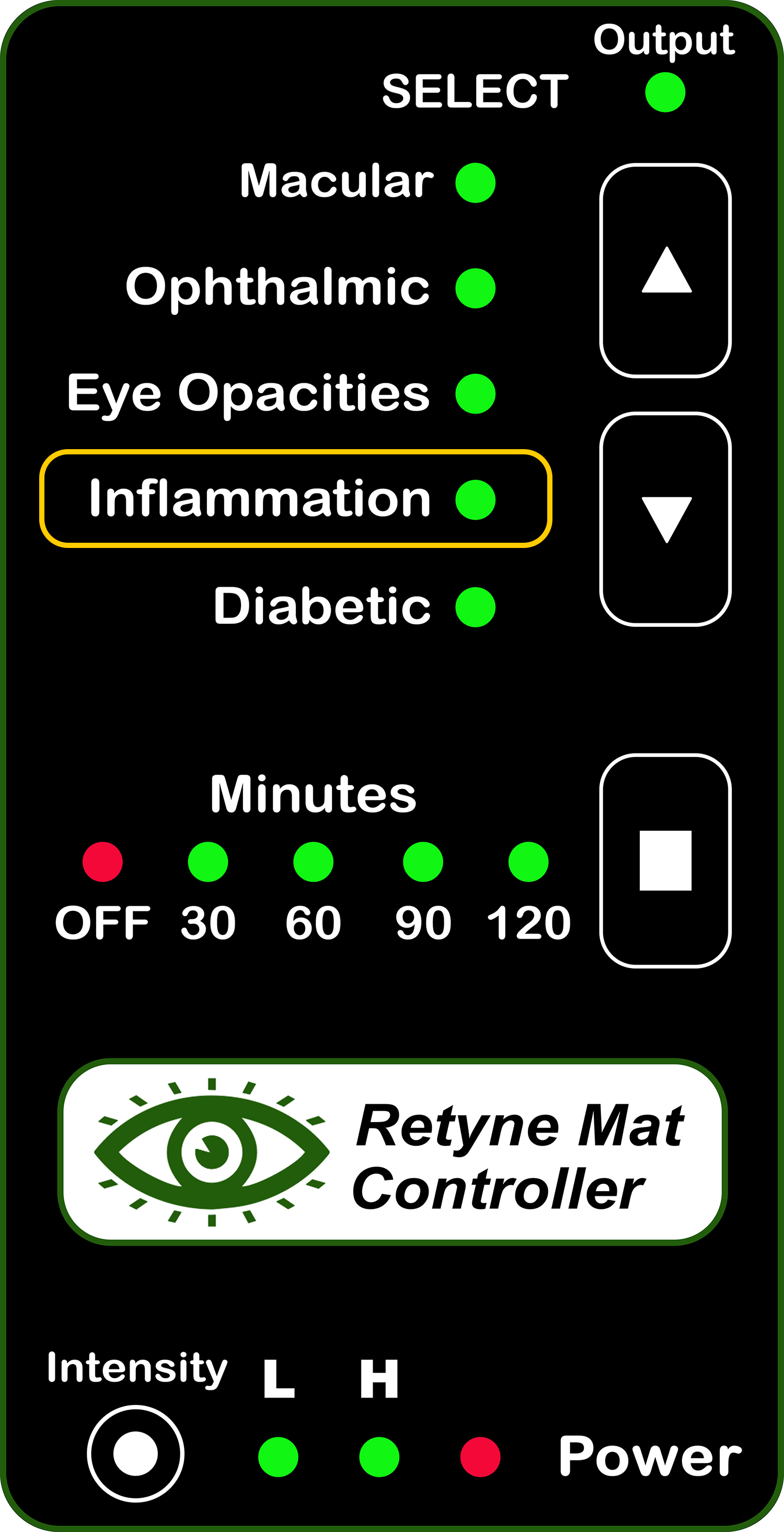
RDPV4 Group #1598
RDPV4 Light Mask Program button 4
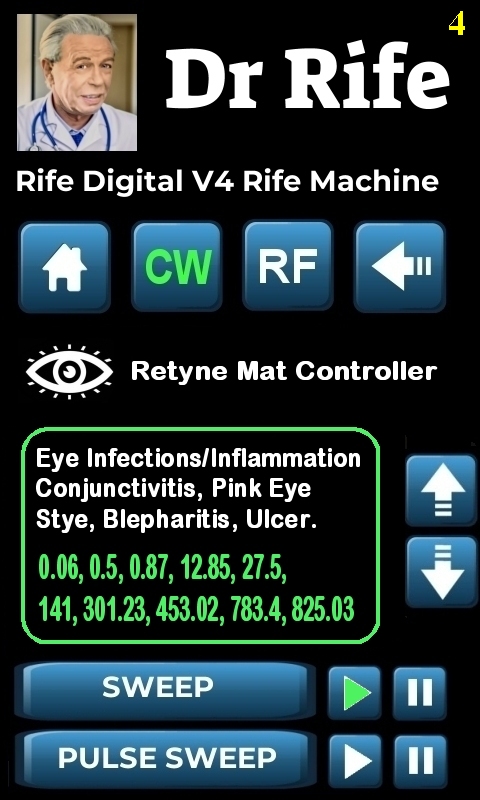
Click here for instructions on using the Retyne Mask + Controller
